University certificate
The world's largest school of business”
Why study at TECH?
Companies are looking for professionals capable of managing their finances and, with that, improving the economic health of the companies. That is why this program will be a bonus for your CV"

Why Study at TECH?
TECH is the world's largest 100% online business school. It is an elite business school, with a model based on the highest academic standards. A world-class centre for intensive managerial skills training.
TECH is a university at the forefront of technology, and puts all its resources at the student's disposal to help them achieve entrepreneurial success”
At TECH Global University
|
|
Innovation |
The university offers an online learning model that combines the latest educational technology with the most rigorous teaching methods. A unique method with the highest international recognition that will provide students with the keys to develop in a rapidly-evolving world, where innovation must be every entrepreneur’s focus.
"Microsoft Europe Success Story", for integrating the innovative, interactive multi-video system.
|
|
The Highest Standards |
Admissions criteria at TECH are not economic. Students don't need to make a large investment to study at this university. However, in order to obtain a qualification from TECH, the student's intelligence and ability will be tested to their limits. The institution's academic standards are exceptionally high...
95% of TECH students successfully complete their studies.
|
|
Networking |
Professionals from countries all over the world attend TECH, allowing students to establish a large network of contacts that may prove useful to them in the future.
100,000+ executives trained each year, 200+ different nationalities.
|
|
Empowerment |
Students will grow hand in hand with the best companies and highly regarded and influential professionals. TECH has developed strategic partnerships and a valuable network of contacts with major economic players in 7 continents.
500+ collaborative agreements with leading companies.
|
|
Talent |
This program is a unique initiative to allow students to showcase their talent in the business world. An opportunity that will allow them to voice their concerns and share their business vision.
After completing this program, TECH helps students show the world their talent.
|
|
Multicultural Context |
While studying at TECH, students will enjoy a unique experience. Study in a multicultural context. In a program with a global vision, through which students can learn about the operating methods in different parts of the world, and gather the latest information that best adapts to their business idea.
TECH students represent more than 200 different nationalities.

|
|
Learn with the best |
In the classroom, TECH teaching staff discuss how they have achieved success in their companies, working in a real, lively, and dynamic context. Teachers who are fully committed to offering a quality specialization that will allow students to advance in their career and stand out in the business world.
Teachers representing 20 different nationalities.
TECH strives for excellence and, to this end, boasts a series of characteristics that make this university unique:
|
|
Analysis |
TECH explores the student’s critical side, their ability to question things, their problem-solving skills, as well as their interpersonal skills.
|
|
Academic Excellence |
TECH offers students the best online learning methodology. The university combines the Relearning method (a postgraduate learning methodology with the highest international rating) with the Case Study. A complex balance between tradition and state-of-the-art, within the context of the most demanding academic itinerary.
|
|
Economy of Scale |
TECH is the world’s largest online university. It currently boasts a portfolio of more than 10,000 university postgraduate programs. And in today's new economy, volume + technology = a ground-breaking price. This way, TECH ensures that studying is not as expensive for students as it would be at another university.
At TECH, you will have access to the most rigorous and up-to-date case studies in the academic community”
Syllabus
The Executive Master’s Degree in Business Finance is a tailor-made program that is taught in a 100% online format so that students can choose the time and place that best suits their availability, schedules and interests.
A program that takes place over 12 months and is intended to be a unique and stimulating experience that will lay the foundations for your success as a financial manager.
Our comprehensive syllabus will help you develop the skills and abilities necessary for proper financial management"
Syllabus
The Executive Master’s Degree in Corporate Finance from TECH Global University is an intensive program that prepares students to face business challenges and decisions at the financial level, both nationally and internationally. The content of this program is designed to promote the development of managerial skills that enable more rigorous decision making in uncertain environments.
Throughout 1,500 hours of study, you will be able to analyze a multitude of practical cases through individual work, achieving an immersive and deep learning on this subject that will help you acquire the necessary skills for future professional development. It is, therefore, an authentic immersion in real business situations.
This Executive Master’s Degree deals in depth with different areas of the company and is designed to specialize managers who understand financial management from a strategic, international and innovative perspective.
A plan designed for the student, focused on professional improvement and that prepares them to achieve excellence in the field of management and business management. A program that understands your needs and those of your company through innovative content based on the latest trends, and supported by the best educational methodology and an exceptional faculty that will provide skills to solve critical situations in a creative and efficient way.
This Executive Master’s Degree takes place over 12 months and is divided into 10 modules:
Module 1. Business Administration: Introduction and Organization
Module 2. Introduction to Financial Operations
Module 3. Corporate Finance I
Module 4. Corporate Finance II
Module 5. Analysis of Financial Tools and Markets
Module 6. Financial Planning and Business Valuation
Module 7. Financial and Banking Products
Module 8. Fixed Income Management
Module 9. International Finance

Where, when and how is it taught?
TECH offers the possibility of studying this Executive Master’s Degree in Corporate Finance fully online. Throughout the 12 months of training, you will be able to access all the contents of this program at any time, allowing you to self-manage your study time.
Módulo 1. Administración de empresas: introducción y organización
1.1. The Company and its Components
1.1.1. The Concept of Business
1.1.2. Functions and Classifications of Business Objectives
1.1.3. Entrepreneurship
1.1.4. Types of Companies
1.2. The Company as a System
1.2.1. Concepts of the System
1.2.2. The models
1.2.3. Company Subsystems
1.2.4. Subsystem of Values
1.3. The Company Setting
1.3.1. Setting and Value
1.3.2. General Environment
1.3.3. Specific Environment
1.3.4. Analysis Tools
1.4. Management Function
1.4.1. Basic Concepts
1.4.2. What Does it Mean to Manage a Company?
1.4.3. Decision-Making
1.4.4. Leadership
1.5. Business Planning
1.5.1. Business Plan
1.5.2. Elements of Planning
1.5.3. Stages
1.5.4. Planning Tools
1.6. Business Control
1.6.1. Concept, Types and Terminology
1.6.2. Management Control
1.6.3. Quality Control
1.6.4. Balanced Scorecard
1.7. Business Organization
1.7.1. Basic Concepts
1.7.2. Organizational Structure
1.7.3. Cultural Dimensions
1.7.4. Model Structures
1.8. Human Resources Management
1.8.1. Motivation
1.8.2. Recruitment and Selection
1.8.3. Personnel Training
1.8.4. Performance Assessment
1.9. Elements of Marketing and Finance
1.9.1. Concept and Stages
1.9.2. Marketing and the Markets
1.9.3. Strategic Marketing
1.9.4. Relationship and Synergies
Module 2. Introduction to Financial Operations
2.1. Basic Concepts
2.1.1. Essential Terms for Financial Transactions
2.1.1.1. Financial Capital
2.1.1.2. Financial Law
2.1.1.3. Financial Operation
2.1.1.4. Commercial Characteristics: Effective Amounts and APR
2.2. Simple Laws
2.2.1. Capitalization, Simple Discounting, Equivalent Quantities and Capital Substitution
2.2.2. Simple Capitalization in Arrears
2.2.3. Simple Discounting in Arrears
2.2.4. Simple Discounting in Advance
2.2.5. Equivalent Amounts
2.2.6. Capital Substitution: Common Maturity and Average Maturity
2.3. Short-Term Operations
2.3.1. Discounts on Trade Bills of Exchange: For-Fait and Re-Draft
2.3.1.1. Fixed Rate
2.3.1.2. Re-Draft
2.3.2. Debit and Credit Checking Account Settlement
2.3.2.1. Current Debit Account
2.3.2.2. Current Credit Account
2.3.3 Treasury Bill Transactions
2.3.3.1. Concept
2.3.3.2. Operation
2.4. Compound Laws
2.4.1. Capitalization and Compound Discounts
2.4.1.1. Capitalization
2.4.1.1.1. Concept
2.4.1.1.2. Operation
2.4.1.2. Compound Discounts
2.4.1.2.1. Concept
2.4.1.2.2. Operation
2.5. Income Valuation. Steady Income
2.5.1. Types of Steady Income
2.5.1.1. Concept
2.5.2. Steady Income: Temporary Post-payable
2.5.2.1. Concept
2.5.2.2. Operation
2.5.3. Steady Income: Temporary - Prepayable
2.5.3.1. Concept
2.5.3.2. Operation
2.5.4. Steady Income: Temporary - Deferred
2.5.4.1. Concept
2.5.4.2. Operation
2.5.5. Steady income: Temporary - Anticipated
2.5.5.1. Concept
2.5.5.2. Operation
2.5.6. Steady Income: Perpetual
2.5.6.1. Concept
2.5.6.2. Operation
2.6. Income Valuation. Variable Income
2.6.1. Equity in Geometric Progression
2.6.1.1. Temporal
2.6.1.1.1. Concept
2.6.1.1.2. Operation
2.6.1.2. Perpetual
2.6.1.2.1. Concept
2.6.1.2.2. Operation
2.6.2. Variable Income in Arithmetic Progression
2.6.2.1. Temporal
2.6.2.1.1. Concept
2.6.2.1.2. Operation
2.6.2.2. Perpetual
2.6.2.2.1. Concept
2.6.2.2.2. Operation
2.7. Income Valuation. Fractional Income
2.7.1. Fractional Steady Income
2.7.1.1. Concept
2.7.1.2. Operation
2.7.2. Fractional Geometric Progression Equities
2.7.2.1. Concept
2.7.2.2. Operation
2.7.3. Variable Income in Fractional Arithmetic Progression
2.7.3.1. Concept
2.7.3.2. Operation
2.7.4. Fractional Perpetual Income
2.7.4.1. Concept
2.7.4.2. Operation
2.7.5. Non-Uniform Fractional Income
2.7.5.1. Concept
2.7.5.2. Operation
2.8. Loans
2.8.1. American System
2.8.1.1. Concept
2.8.1.2. Operation
2.8.2. French System
2.8.2.1. Concept
2.8.2.2. Operation
2.8.3. Variable Rate Loan with Constant Amortization Installments
2.8.3.1. Concept
2.8.3.2. Operation
Module 3. Corporate Finance I
3.1. Introduction to Corporate Finance
3.1.1. The Company's Financial Environment
3.1.1.1. The Company's Financial Objective
3.1.1.2. The Company's Financial Needs
3.1.2. The Role of Financial Management
3.2. Investments in a Company
3.2.1. Classification of Investments in the Company
3.2.2. Phases for Analyzing Investments
3.3. Investment Assessment
3.3.1. Investment Assessment: NPV, IRR and Payback
3.3.1.1. The Annual Net Present Value (NPV) Approach
3.3.1.2. The Internal Rate of Return (IRR) Approach
3.3.1.3. The Acceptance and Management of Investment Projects According to NPV and IRR Criteria
3.3.1.4. The Payback Period Approach
3.4. Analysis of the Variables Involved in Investment Decision Making
3.4.1. Criteria for the Determination of Cash Flows
3.4.1.1. Criteria for the Construction of Cash Flows
3.4.1.2. General Structure for the Construction of Cash Flows
3.4.1.3. Classification of Cash Flows
3.4.1.4. Residual or Scrap Value
3.5. Company Financing
3.5.1. Sources of Financing
3.5.2. Types of Financing Costs
3.5.2.1. The Cost of Equity Capital
3.5.2.2. The Cost of Debt
3.5.2.3. The Weighted Average Cost of Capital (WACC) in the Valuation of Investment Projects
3.6. Capital Structure
3.6.1. Optimal Capital, Shareholders and Taxes
3.6.1.1. Capital Structure: Theories and Concepts
3.6.1.2. Maximizing Firm Value versus Maximizing Shareholder Interests
3.6.1.3. The Influence of Taxes on the Capital Structure Decision
3.6.1.4. Limits on the Use of Debt
3.7. Bond Valuation
3.7.1. Bond Investment Strategies
3.7.1.1. Bond Investment Concepts, Classification, and Strategies
3.7.1.2. Behavior of Market Interest Rates
3.7.1.3. Basic Bond Valuation Model
3.7.1.4. Yield and Return Measures
3.8. Shares Valuation
3.8.1. Stock Market
3.8.2. Stock Valuation
3.9. Investments with Risk
3.9.1. Risk Classification
3.9.2. The Markowitz Optimal Investment Portfolio
3.9.3. Risk and Return The CAPM Model
Module 4. Corporate Finance II
4.1. The Strategic Vision of Corporate Finances
4.1.1. Corporate Finance Strategies in a Globalized World
4.1.2. Operating Leverage and Operating Leverage
4.1.2.1. Operating Leverage
4.1.2.2. Financial Leverage
4.2. Dividend Payment Policy
4.2.1. Dividend Policy
4.3. Types of Debt
4.3.1. Internal financing
4.3.1.1. Short Term
4.3.1.2. In the Long Term
4.3.2. External Financing
4.3.2.1. Short Term
4.3.2.2. In the Long Term
4.4. Self-Financing in the Company
4.4.1. Types of Self-Financing
4.4.1.1. Self-Financing of Maintenance or Replacement
4.4.1.2. Self-Financing by Enrichment
4.4.1.3. Advantages and Disadvantages of Self-Financing
4.4.1.4. The Multiplier Effect of Self-Financing
4.5. Financial Statements and Use of Financial Ratios
4.5.1. Importance of Financial Statements
4.5.1.1. The Report to Shareholders
4.5.1.2. The Use of Financial Ratios
4.5.1.2.1. Liquidity Ratios
4.5.1.2.2. Activity Reasons
4.5.1.2.3. Debt Ratios
4.5.1.2.4. Profitability Ratios
4.5.1.2.5. Market Ratios
4.6. Investments with Risk
4.6.1. Risk Classification
4.6.1.1. Risk Measurement and Classification
4.6.1.2. Beta
4.6.1.3. Markowitz Portfolio Theory
4.6.1.4. The Sharpe Ratio
4.6.1.5. Risk and Return The CAPM Model
4.7. Mergers and Acquisitions
4.7.1. Motivations for Mergers and Acquisitions
4.7.2. Financial Formulas for Company Acquisitions
4.7.2.1. The Acquisition Process
4.7.2.2. The Merger Process
4.8. Corporate governance
4.8.1. Corporate Governance Purpose and Function
4.8.1.1. Corporate Governance and Agency Costs
4.8.1.2. Oversight by the Board of Directors
4.8.1.3. Compensation Policies
4.8.1.4. Agency Conflict Management
4.9. International Corporate Finance
4.9.1 Capital Markets
4.9.1.1. Internationally Integrated
4.9.1.2. International Segmented
4.9.2 Exchange Rate Risk
4.9.3 Valuation and International Levies
Module 5. Company Tax Regime
5.1. Concept and Characteristics of Taxes
5.2. Judicial Relationship and Tax Liability
5.3. Exemption, Non-Taxation, Accrual and Enforceability
Module 6. Analysis of Financial Tools and Markets
6.1. Financial Markets
6.1.1. Characteristics of Financial Markets
6.1.2. Functions of Financial Markets
6.1.3. Components of Financial Markets
6.2. Types of Financial Markets
6.2.1. Financial Markets According to Traded Rights
6.2.2. Financial Markets According to the Term of the Assets Traded
6.2.3. Financial Markets According to the Time of Issuance of Assets
6.2.4. Financial Markets According to Their Organizational Structure
6.2.5. Financial Markets According to the Time of Delivery of the Asset
6.3. Financial Market Supervisory Bodies
6.3.1. European Central Bank and Bank of Spain
6.3.2. General Directorate of Insurance and Pension Funds
6.3.3. National Securities Market Commission
6.4. Stock Markets
6.4.1. The Stock Market
6.4.2. Futures Market
6.4.3. Options Markets
6.5. Fixed Income Market
6.5.1. Spot Interest Rates and Forward Interest Rates
6.5.2. Public Debt Market
6.5.3. AIAF Market
6.6. Equity Markets
6.6.1. Trading Systems
6.6.2. CNMV and Market Regulation
6.6.3. Securities and Stock Exchange Operations
6.6.4. IPOs.
6.7. Futures Market
6.7.1. Forward Contracts
6.7.2. Futures on Interest
6.7.3. Exchange Rate Futures
6.7.4. Stock Index Futures
6.8. Options Markets
6.8.1. Speculative Operations
6.8.2. Continuous Arbitrage Operations
6.8.3. The Price of an Option Contract
6.8.4. Use of Options in Hedging
6.8.5. Characteristics of an Options Portfolio
6.9. OTC Derivative Products
6.9.1. FRA Markets
6.9.2. Swap
6.9.3. Cap, Floor and Collar
6.10. Foreign Exchange Market
6.10.1. Operation and Regulatory Agencies
6.10.2. Spot Foreign Exchange Transactions
6.10.3. Parity Conditions
6.10.4. Exchange to Local Currency
6.11. Investment Funds
6.11.1. Fixed Income Funds
6.11.2. Mixed Fixed Income Funds
6.11.3. Mixed Equity Funds
6.11.4. Equity Funds
6.12. Liberalization of Financial Markets
6.12.1. Eurodollars and Eurobonds
6.12.2. New International Titles
6.12.3. Globalization
Module 7. Financial Planning and Business Valuation
7.1. Introduction to Corporate Financial Planning
7.1.1. Financial Planning
7.1.1.1. Concept
7.1.1.2. The Company's Strategic Plan: Its Design
7.1.1.3. The Company's Strategic Plan: Its Implementation
7.2. The Company's Capital Budget
7.2.1. Working Capital Requirements
7.2.1.1. Self-Financing
7.2.1.2. Working Capital Policies
7.2.1.3. The Working Capital: Real, Necessary and Differential
7.2.1.4. Net Working Capital Requirements
7.2.2. The Capital Budget and Its Impact on the Company's Corporate Structure
7.2.2.1. Capital Budget Concept
7.2.2.2. Capital Budget Structure
7.2.2.2.1. Investment Budget
7.2.2.2.2. Financing Budget
7.2.2.3. Impact on Business Structure
7.3. The Treasury’s Budget
7.3.1. Objectives, Principles and Basic Functions in Treasury Management
7.3.1.1. Concept of the Cash Budget
7.3.1.2. Principles of the Cash Budget
7.3.1.3. Basic Functions in Cash Management
7.3.2. Preparation of the Cash Budget
7.3.2.1. Structure
7.3.2.2. Contents
7.3.2.3. Additional Aspects
7.4. Final Consequences of the Budget Cycle
7.4.1. Feasibility and Revision of Budgets
7.4.1.1. Balance Sheets and Forecast Profit and Loss Accounts
7.4.1.2. The Effects of the Capital Budget on the Business Structure
7.4.1.3. The Balance Between Uses and Resources in the Capital Budget
7.4.2. Control of the Financial Plan
7.5. Conceptual Framework for Business Valuation
7.5.1. Value and the Company: Conceptualization and Fundamentals
7.5.1.1. Concept
7.5.1.2. Fundamentals
7.5.2. Business Valuation: Concept and Importance
7.5.2.1. Concept
7.5.2.2. Methodology
7.5.2.3. The Theory of Financial Optimum
7.6. Balance Sheet-Based Methods, Income Statement-Based Methods and Mixed Methods
7.6.1. Balance Sheet-Based Methods
7.6.2. Income Statement-Based methods
7.6.3. Mixed Methods, Based on Goodwill
7.7. Discounted Cash Flow Based Methods
7.7.1. Company Value through Methods: Free Cash-Flow and Capital Cash-Flow
7.7.1.1. Free Cash-Flow Method
7.7.1.2. Cash-Flow Capital
Module 8. Financial and Banking Products
8.1. Public Fixed Income Assets
8.1.1. Treasury Bills
8.1.2. Government Bonds and Debentures
8.1.3. Debt of the Autonomous Community and Other Public Entities
8.2. Equity Assets
8.2.1. The Regulation of Equity Markets
8.2.2. Contracting in Equity Markets
8.2.3. Companies in the Stock Market
8.2.4. Stock Market Information
8.3. Derivative Financial Products
8.3.1. Short-Term Derivative Products
8.3.2. Options
8.3.3. Swaps
8.3.4. Credit Derivatives
8.4. Structured Financial Products
8.4.1. Structured Interest Rate Swaps
8.4.2. Structured Exchange Rate
8.4.3. Structured Equity Securities
8.4.4. Commodities Structures
8.5. Bank Loans to Individuals
8.5.1. Analysis of Effective Rates
8.5.2. Financial Characteristics
8.5.3. Legal Characteristics
8.6. Corporate Banking Asset Products
8.6.1. Bank Discount
8.6.2. Loan Policies
8.6.3. Anticipated Loans
8.7. Mortgage Loans
8.7.1. Appraisals
8.7.2. Mortgage Subrogation
8.7.3. Mortgage Novations
8.8. Working Capital Financing Products
8.8.1. Factoring
8.8.2. Confirming
8.9. Insurance Products
8.9.1. Models and Characteristics
8.9.2. Regulation and Tax Treatment of Pension Funds and Plans
8.9.3. Marketing of Insurance Products from Credit Institutions
8.10. Liability Products
8.10.1. Remuneration and Profitability
8.10.2. APR
8.10.3. Legal and Tax Aspects
8.10.4. Target Audience
Module 9. Fixed Income Management
9.1. Preliminary Notions
9.1.1. Classification of Financial Markets
9.1.2. Differences between Debt and Variable Income
9.1.3. Relationship between Liquidity, Profitability and Risk
9.2. International Debt Market
9.2.1. Concept of Debt Market
9.2.2. Market Participants
9.2.3. Global Perspective of the Market
9.3. International Markets, Currencies and Exchange Rates
9.3.1. Introduction
9.3.2. Foreign Exchange Market
9.3.3. Type of Change
9.3.3.1. The Crossed Exchange Rate
9.3.4. Absolute Purchasing Power Parity
9.4. Time Structure of Interest Rates
9.4.1. Review of Market Interest Rates
9.4.2. Variability in Rates
9.4.3. Time Structure of Interest Rates
9.4.4. Performance Curves
9.5. Bond Valuation
9.5.1. Concept and Fundamental Characteristics of a Bond
9.5.2. Interest and Principal
9.5.3. Classification of Bonds
9.5.4. Basic Bond Valuation Model
9.6. Valuation of Other Money Market Instruments
9.6.1. Characteristics of Instruments Quoted at a Discount and at a Price
9.6.2. Valuation of Instruments Trading at a Discount
9.6.3. Valuation of Instruments Quoted at a Price
9.7. Risk Management
9.7.1. Definition, Classification and Sources of Financial Risks
9.7.2. First Order Measures
9.7.3. Duration of a Fixed-Income Security
9.7.4. Second Order Measures
9.8. Debt Investment Strategies I
9.8.1. Passive Management
9.8.2. Cash Flow Coupling
9.8.3. Indexing Strategies
9.8.4. Simple and Contingent Immunization
9.9. Debt Investment Strategies II
9.9.1. Active Management
9.9.2. Horizon Analysis
9.9.3. Interest Rate Expectations
9.9.4. Analysis of Expected Returns and Variance of Returns
9.10. Portfolio Management of Debt Instruments
9.10.1. Debt Instruments Portfolio
9.10.2. Valuation of Returns
Module 10. International Finance
10.1. International Payment and Collection Methods
10.1.1. Bills, Personal Check and Bank Check
10.1.2. Transfer, Payment Order and Remittance
10.1.3. Documentary Clauses and Credits
10.1.4. Factoring, International Swap and Other Means
10.2. Financing Operations in International Markets
10.2.1. Incoterms
10.2.2. Derivative Instruments to Hedge Possible Fluctuations in the Price of Raw Materials
10.2.3. Export Credits With Official Support
10.2.4. Hedging with Swap Contracts
10.2.5. The OECD Consensus
10.3. International Financial Institutions
10.3.1. The Fund for the Internationalization of the Company
10.3.2. The World Bank Group
10.3.3. The Inter-American Development Bank
10.3.4. Caribbean Development Bank
10.4. Exchange Rate Formation
10.4.1. Interest Rate Parity Theory
10.4.2. Theory of Exchange Rate Expectations
10.4.3. Purchasing Power Parity (PPP) Theory
10.4.4. Capital Market Balance
10.5. Debt Conversion Programs
10.5.1. Legal Framework
10.5.2. Operation
10.5.3. Conversion of Debt into Public Investments
10.5.4. Conversion of Debt into Private Investments
10.6. International Stock Market
10.6.1. Wall Street Market (New York)
10.6.2. Gold Market
10.6.3. World External Debt
10.6.4. Paris Club
10.6.5. ADR and GDR Securities Market

A unique, key, and decisive educational experience to boost your professional development and make the definitive leap"
Executive Master's Degree in Corporate Finance
Finance is a critical aspect for any company. In an increasingly competitive and globalized market, it is essential to have finance experts capable of making accurate and strategic decisions for the success of the organization. The Executive Master's Degree in Corporate Finance at TECH Global University is designed to train professionals in this field and prepare them to face the most complex challenges of the industry. Our postgraduate program is delivered completely online, which means you can access classes from anywhere, anytime. Thanks to the cutting-edge technology used by TECH Global University, you can enjoy a high-quality, interactive learning experience that will allow you to gain the skills and knowledge you need to excel in your career. The syllabys of our Executive Master's Degree focuses on the fundamentals of financial management and will allow you to acquire practical skills in areas such as financial analysis, risk management, investment and financing decision making, and financial planning. In addition, our professors are experts in the financial field and are committed to providing a practical, industry-oriented approach that will allow you to apply what you learn in real life.
Learn business finance at our Business School
Do you know why TECH is considered one of the best universities in the world? Because we have a catalog of more than ten thousand academic programs, presence in multiple countries, innovative methodologies, unique academic technology and a highly qualified teaching team; that's why you can't miss the opportunity to study with us. With the Executive Master's Degree in Corporate Finance from TECH Global University, you will be in a privileged position to advance your professional career. You will be able to access better employment opportunities, increase your income, and develop the necessary skills to lead complex financial projects and make strategic decisions for the company. Don't miss the opportunity to take your career to the next level. Enroll today at TECH's School of Business!

















